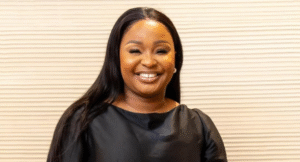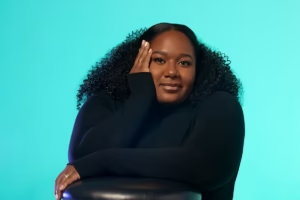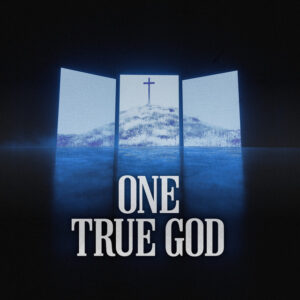Worship Music’s Gender Gap Persists Despite Inclusive Writing Rooms

Worship Music’s Gender Gap Persists Despite Inclusive Writing Rooms. The doors to worship music writing rooms may be opening wider than ever, but the airplay charts still have a sign on them that reads: “Men only, mostly.”

In recent years, contemporary worship music has embraced a more inclusive spirit in its songwriting circles, welcoming women and other underrepresented voices to contribute to the global church’s most beloved anthems. But despite the more diverse makeup of these collaborative spaces, the end results tell a different tale.
A recent analysis of the 100 most-sung worship songs reveals that less than a quarter of credited songwriters are women. In fact, just 19% of the writers behind the biggest worship hits are female, a sobering reminder that access doesn’t always mean impact.
At the top of this male-heavy mountain stands Brooke Ligertwood, a rare exception and a powerful symbol of what’s possible. With mega-hits like What a Beautiful Name and King of Kings, Ligertwood is the only woman with three or more songs currently in CCLI’s top 100. While her success continues to inspire, it also highlights the disparity she and others are hoping to bridge.
“It’s encouraging to see more women in the room,” Ligertwood said in a recent interview, “but we need to ask why so few are seeing their work reach the charts.”
That question strikes at the heart of an industry that, while evolving, still leans heavily on familiar patterns—ones that often favour male voices. Women like Kari Jobe, Jenn Johnson, and Steffany Gretzinger have all shaped the sound of modern worship, but their visibility on today’s charts doesn’t reflect the depth of their contribution.
Data from Christian Copyright Licensing International (CCLI) further emphasises the stagnation. Despite growing awareness and ongoing efforts by organisations like Worship Together and SongSelect to uplift new voices, the percentage of female songwriters in the top 100 hasn’t significantly budged.
So what needs to change?
Some point to the power of intentionality: creating mentorship pipelines, promoting female-led worship anthems from the pulpit to the playlist, and shifting the mindset of churches toward more inclusive song choices.
For now, trailblazers like Brooke Ligertwood continue to carry the torch—but the goal isn’t just for one woman to shine, It’s about making room for every woman with a song to sing.
As the worship music industry continues to reckon with its gender gap, many are hoping the next revival won’t just be musical, but equitable.








